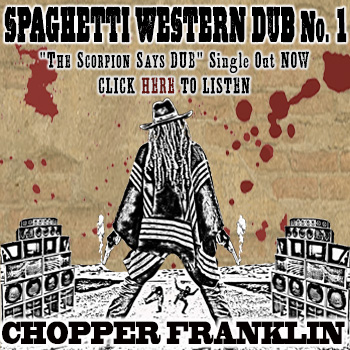Cattle Industry Decimated
 By the mid 1880’s the cattle industry was going wild. Speculators were overstocking the grazing ranges of Montana, Wyoming and the Dakotas. And with several mild winters they were also saving money by not putting up feed for wintertime. The summer of 1886 was a dry one. By autumn the range was almost barren of grass… And then winter came early with record-breaking snow falls. January 9, 1887 was the worst day of the worst winter, with an inch of snow falling each hour for 16 hours. The temperature went as low as 63 degrees below zero. It ended up with the cattle industry decimated.
By the mid 1880’s the cattle industry was going wild. Speculators were overstocking the grazing ranges of Montana, Wyoming and the Dakotas. And with several mild winters they were also saving money by not putting up feed for wintertime. The summer of 1886 was a dry one. By autumn the range was almost barren of grass… And then winter came early with record-breaking snow falls. January 9, 1887 was the worst day of the worst winter, with an inch of snow falling each hour for 16 hours. The temperature went as low as 63 degrees below zero. It ended up with the cattle industry decimated.With no stored winter feed the cattle wandered into towns. Great Falls, Montana had as many as 5,000 cattle eating trees and anything else eatable. Most ended up dying in the streets of the town.
In the spring the ranchers went out to check the damage. Where once cattle grazed the ranges, now there were only carcasses. Rotting cattle filled the rivers and streams so it was impossible to find water fit to drink.
The Continental Land and Cattle Company lost almost all of their 30,000 head. The Swan Land and Cattle Company found only 10% of their 5,500 three-year-olds. Hundreds of ranches went into bankruptcy… including Theodore Roosevelt, who returned East.
As a result of the devastating winter, those ranchers who survived decreased the size of their herds. They realized they needed more control of the cattle and stretched barbed wire across their land. They also started doing more farming to provide plenty of winter-feed. This, in turn, changed the cowboy into a farm hand.





